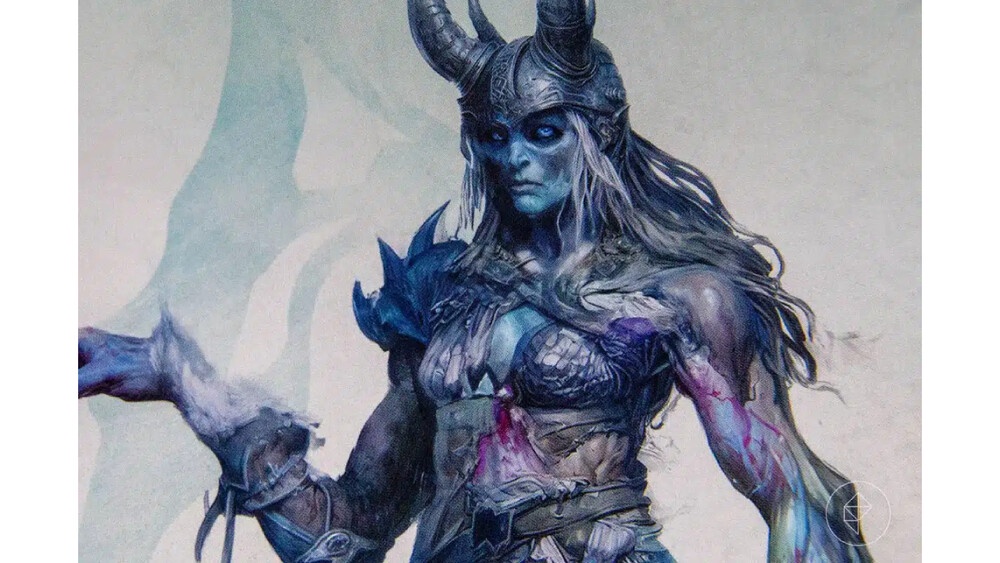Introduction
In the ever-evolving landscape of art and technology, a recent incident involving an AI-generated artwork has prompted a significant shift in policies by Dungeons & Dragons (D&D) publisher. This incident has ignited a broader conversation about the ethical implications of AI-generated content and the responsibility that creators bear. In this article, we'll delve into the details of the controversial AI art incident, explore the ensuing changes in D&D's policies, and discuss the broader implications for the art and gaming industries.
The Controversial AI Art Incident
The controversy erupted when an AI-generated artwork was released under the banner of Dungeons & Dragons. This digital creation, while visually striking, lacked the depth and authenticity associated with the iconic franchise. Fans and critics were quick to point out the stark contrast between the AI-generated piece and the handcrafted art that has long been a hallmark of D&D. The incident raised questions about the role of AI in creative industries and the potential dilution of artistic identity.
Outcry from the Community
The D&D community, known for its passionate engagement, expressed disappointment and concern over the AI-generated artwork. Many argued that the intricate world of Dungeons & Dragons, rich with lore and imagination, should remain rooted in the human touch. The outcry from fans reverberated across social media platforms, sparking a heated debate about the intersection of technology and artistic integrity.
Reevaluation of Creative Processes
In response to the backlash, the D&D publisher embarked on a thorough reevaluation of its creative processes. The incident prompted the company to confront fundamental questions about the role of technology in art creation. It became clear that while AI can serve as a valuable tool for artists, its application must align with the essence and values of the brand it represents.
The Policy Shift
The aftermath of the AI art incident led to a notable policy shift within the D&D publisher's framework. The company recognized the need to set clear boundaries for the integration of AI-generated content. The revised policies prioritize maintaining the authenticity and human touch that have defined the Dungeons & Dragons experience. While AI may still be utilized in certain aspects of art creation, its role is now carefully curated to enhance rather than replace the creative process.
Implications for the Art and Gaming Industries
The D&D incident serves as a microcosm of the broader challenges facing the art and gaming industries as they navigate the digital age. The incident underscores the importance of striking a balance between innovation and tradition. It prompts reflection on the responsibility that creators hold in preserving the essence of their craft while embracing technological advancements.
Conclusion
The D&D Publisher found itself at a crossroads, compelled to reevaluate its existing policies and practices. The incident, which raised significant ethical concerns regarding the use of AI-generated content, prompted the publisher to take a critical look at its creative processes and engagement with emerging technologies. As a response to the incident, the D&D Publisher underwent a substantial shift in its policies. These changes were not merely reactionary, but rather indicative of a newfound commitment to responsible and thoughtful content creation.


No comments yet